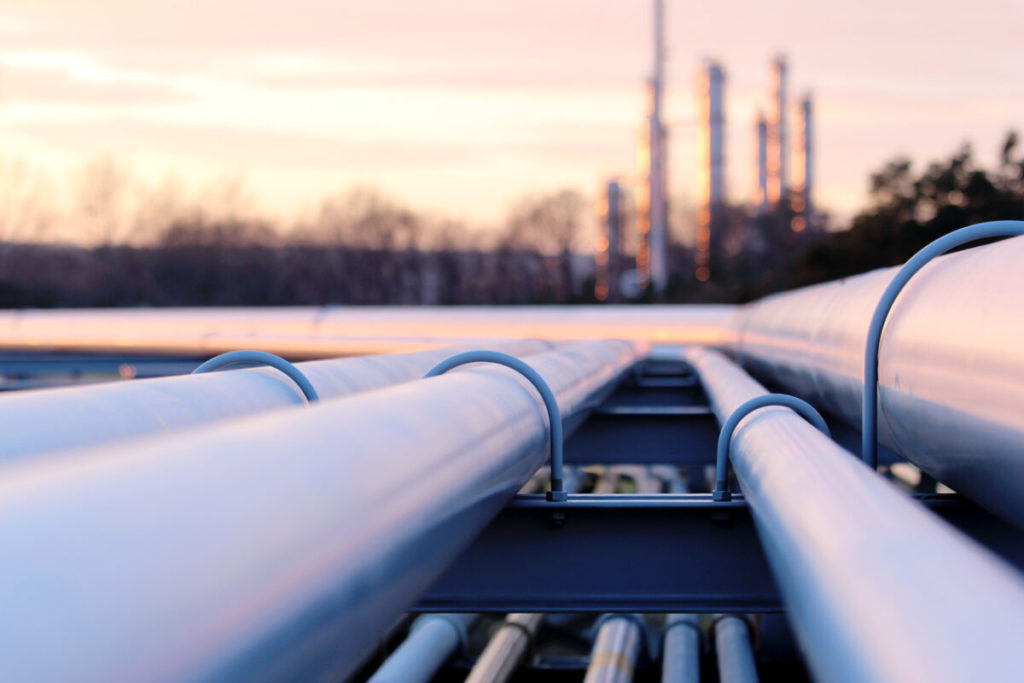
In the world of industrial processes, gas compressors play a pivotal role in ensuring the efficient transportation of gases for various applications. One critical aspect that demands careful attention is the transient analysis of gas compressor piping systems. Transients, or sudden changes in pressure and flow, can significantly impact the performance, safety, and longevity of these systems.
In this article, we’ll dive into the crucial elements you need to monitor when conducting gas compressor piping transient analysis.
The Significance of Gas Compressor Piping Transient Analysis
Gas compressor piping systems are the unsung heroes of many industries. They quietly work behind the scenes, ensuring the smooth flow of gases, which is essential for numerous processes ranging from energy production to chemical manufacturing.
However, the sudden pressure fluctuations caused by factors like start-ups, shutdowns, or valve operations can lead to detrimental effects. To prevent potential disasters and ensure optimal system performance, conducting a comprehensive transient analysis is indispensable.
The Key Aspects to Monitor
When delving into gas compressor piping transient analysis, several crucial aspects deserve your attention. Monitoring these factors will not only enhance safety but also maximize efficiency.
1. Pressure Fluctuations
Pressure fluctuations are a common occurrence during transient events. They can lead to issues such as water hammer, vibration, and stress on the system components. By closely monitoring pressure changes, you can detect irregularities early on and implement corrective measures. Employing pressure sensors at critical points along the piping system will provide real-time data, allowing you to react swiftly to any deviations.
2. Flow Variation
Flow rate alterations during transients can disrupt the intended process and result in inefficiencies. Proper monitoring of flow variations will help you identify any deviations from the desired flow rate and pinpoint potential causes. Installing flow meters at strategic locations within the piping system enables you to track changes accurately and make necessary adjustments promptly.
3. Temperature Shifts
Temperature changes during transient events can impact the integrity of the piping material and its connections. Monitoring temperature shifts helps in identifying potential thermal stress points that could lead to leaks or failures. By placing temperature sensors along the pipeline, you can identify areas where sudden temperature fluctuations occur and take preemptive measures to mitigate the risks.
The Benefits of Thorough Monitoring
By diligently monitoring these key aspects during gas compressor piping transient analysis, you can unlock a range of benefits that will contribute to the overall success of your operations.
1. Enhanced Safety
Safety is paramount in any industrial setting. Monitoring pressure, flow, and temperature variations ensures that the system operates within safe limits, preventing catastrophic failures and potential accidents. Prioritizing safety not only protects personnel but also safeguards your valuable assets.
2. Improved Efficiency
Efficiency is the cornerstone of productivity. Monitoring pressure, flow, and temperature changes allows you to fine-tune the system’s performance, reducing energy wastage and enhancing overall efficiency. This optimization translates to cost savings and a more sustainable operation.
3. Extended Equipment Lifespan
A well-maintained gas compressor piping system lasts longer. By closely monitoring transients, you can identify stress points that could contribute to premature wear and tear. Addressing these stress points promptly helps extend the lifespan of your equipment, minimizing downtime and replacement costs.
Implementing Effective Monitoring Strategies
To effectively monitor gas compressor piping transient analysis, you need to implement a robust strategy that ensures real-time data collection and analysis.
1. Sensor Placement
Strategic placement of pressure, flow, and temperature sensors along the pipeline is crucial. Identify critical points where transients are likely to occur and install sensors accordingly. This will provide comprehensive data that accurately represents the system’s behavior.
2. Data Collection and Analysis
Collecting data is only the first step. Implement a data analysis framework that can process and interpret the information gathered from sensors. Modern data analytics tools can help you identify patterns, trends, and anomalies, enabling you to make informed decisions.
3. Responsive Action Plans
The ultimate goal of monitoring is to enable swift action. Develop response plans that outline the steps to take when deviations are detected. Having pre-determined actions in place will facilitate quick decision-making, reducing the impact of potential issues.
Conclusion
In the realm of industrial processes, the significance of gas compressor piping transient analysis cannot be overstated. Overlooking this crucial practice might expose your operations to unnecessary risks. However, with vigilant monitoring of pressure fluctuations, flow variations, and temperature shifts, you have the power to bolster safety, amplify efficiency, and prolong equipment lifespan.
To embark on this journey of enhanced monitoring and protection, it’s essential to partner with experts who specialize in transient analysis. KB Delta, a leader in the field, offers comprehensive solutions for gas compressor piping analysis. With their expertise and cutting-edge tools, you can implement effective monitoring strategies that empower you to swiftly respond to any transient events.
By engaging with KB Delta, you ensure that your gas compressor piping system operates harmoniously, maximizing productivity while minimizing risks. Don’t underestimate the impact of proper transient analysis and monitoring – it’s your key to achieving seamless operations and enjoying true peace of mind.

